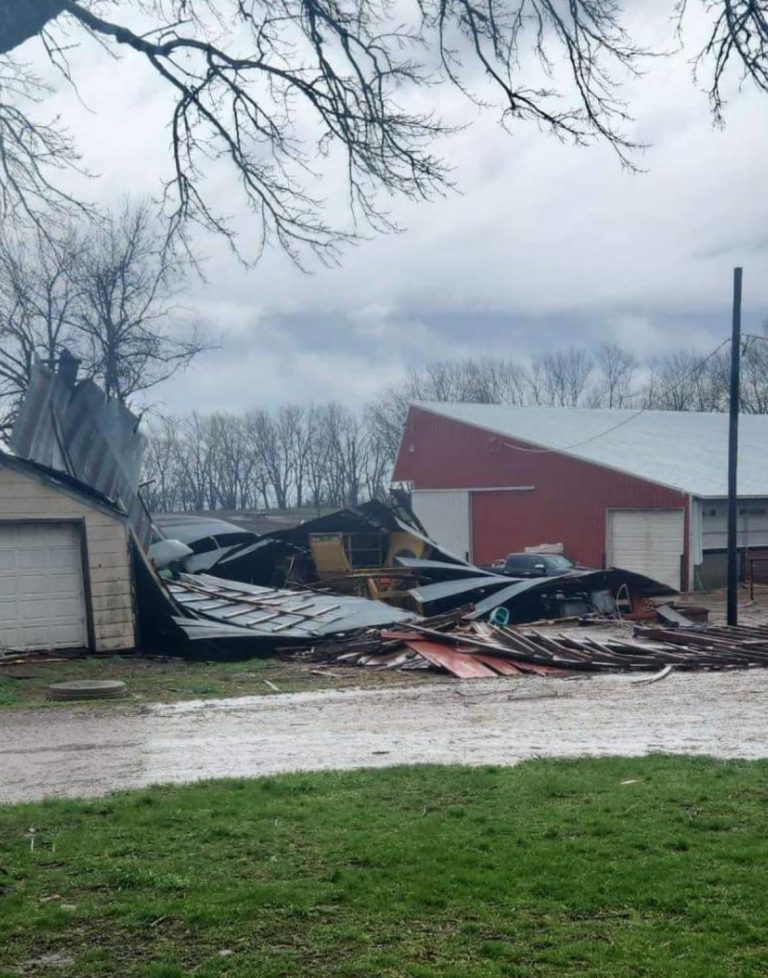Northwest Iowa — Consider this scenario: It’s 2 o’clock in the morning. You and your family are fast asleep when you awaken to the smoke alarm sounding and the smell of smoke. What do you do? If you and your family don’t have a plan in place, it could jeopardize your safety, or even prove deadly. That from the National Fire Protection Association or NFPA.
They say that in a typical home fire, you may have as little as one to two minutes to escape safely from the time the smoke alarm sounds. That’s why home escape planning is so critical in a fire situation. It ensures that everyone in the household knows how to use that small window of time wisely.
Fire Chief David Van Holland from the Sioux Center Fire Department says that pre-planning is what everyone will draw upon to snap into action and escape as quickly as possible in the event of a fire.
And that dovetails very nicely with the Fire Prevention Week theme this year, “Every Second Counts: Plan 2 Ways Out!” Fire Prevention Week is this week — October 8-14, 2017.
Van Holland gives us some tips on smoke alarms.
The NFPA suggests one smoke alarm in every bedroom. Van Holland gives us some more ideas for smoke alarm placement.
He says if you ever find yourself in a fire, there are some things to remember as you escape.
He says that home escape planning is one of the most basic but fundamental elements of home fire safety, and can truly make the difference between life and death. He gives us some more fire prevention tips.
Chief Van Holland says that just like most other fire departments in northwest Iowa, the Sioux Center Fire Department has appearances planned at the elementary schools in town this week.
The NFPA offers these additional tips and recommendations for developing and practicing a home escape plan:
| ·Draw a map of your home with all members of your household, marking two exits from each room and a path to the outside from each exit. |
| ·Practice your home fire drill twice a year. Conduct one at night and one during the day with everyone in your home, and practice using different ways out. |
| ·Teach children how to escape on their own in case you can’t help them. |
| ·Make sure the number of your home is clearly marked and easy for the fire department to find. |
| ·Close doors behind you as you leave — this may slow the spread of smoke, heat, and fire. |
| ·Once you get outside, stay outside. Never go back inside a burning building. |
To learn more about this year’s Fire Prevention Week campaign, “Every Second Counts: Plan 2 Ways Out” and home escape planning, visit firepreventionweek.org.












